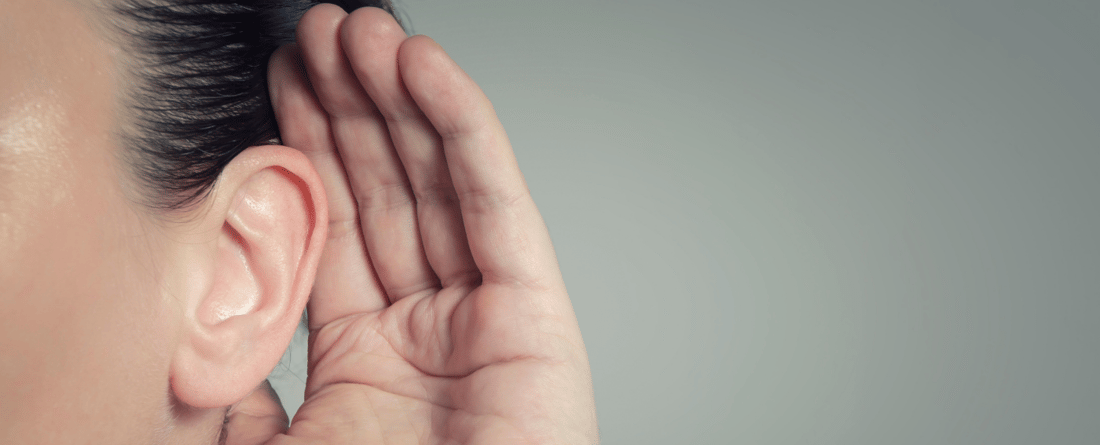Listens with one ear.
Falls on deaf ears.
Goes in one ear and out the other.
What does each of these familiar adages have in common? They describe passive listening, the act of listening without being fully invested in and tuned into the speaker. The opposite of passive listening is active listening, where the hearer is fully engaged. Active listening involves not only hearing words but also receiving, interpreting, and responding to the speaker. An active listener pays complete attention to the person speaking. They note the physical details of the speaker’s appearance, body language, expressions, etc., which play a crucial role in relaying the fullest meaning of the message.
Active listening requires the listener to make a conscious decision and a commitment to be fully present. While we may be reluctant to admit it, passive listening can become a habit. We attempt to convince ourselves and others that we can listen effectively while investing limited attention because we have mastered the art of multitasking.
In the world of healthcare, active listening is more than essential; it is critical. Healthcare professionals need to “listen” with all senses engaged in picking up on the non-verbal clues that will enable them to more accurately assess each patient or scenario they encounter in a given day. The nature of emergency or life-threatening situations can make it more challenging to engage every sense, yet such occasions present an even greater need to utilize active listening.
Active, engaged listening benefits everyone—patients and their families, the professionals themselves as well as their co-workers.
An attentive, focused-only-on-the-patient healthcare professional can ease the fear and nervousness of an anxious patient. By making eye contact, smiling, and offering a kind word, rather than shuffling through paperwork or doodling on a notepad, a physician, nurse or nurse’s aide can lessen the patient’s anxiety. Engaged attention demonstrates that you genuinely care about the patient.
2. It earns trust and boosts confidence
When it’s obvious the healthcare professional is “fully connected,” patients feel encouraged to share their concerns, disclose sensitive information, and ask questions. Attentiveness earns the patient’s trust and that of their concerned family members. Patients who feel at ease will often be more vocal and open to sharing their deepest concerns.
3. It lessens the incidence of misunderstandings
A focused mind catches inconsistencies and comments that could have more than one meaning. A clear picture of the situation will emerge by reiterating interpretations of the patient’s symptoms and the family member’s concerns.
4. It enables better care
While Sam insists that he is feeling okay today, the healthcare worker practicing active listening will pick up on Sam’s paleness, the bit of a rasp in his slightly quickened breathing, and the tremor in his hands. When every sense is engaged, a doctor or nurse will be able to “read between the lines” and fill in the blanks with pertinent information not disclosed by the spoken word.
5. It provides for improved medical outcomes
The typical hectic pace within healthcare multiplies distractions to the nth degree, creating challenges that can significantly impact patient care. Healthcare professionals who are vigilant about being fully engaged with each patient will find themselves delivering the best possible care to each patient, resulting in the best possible medical outcomes.
Active listening is an improvable skill! By practicing active listening, not only will your patients benefit, you will as well.
-1.png?width=292&height=64&name=LeaderStat%20Logo%20(4)-1.png)


-1.png?width=258&name=LeaderStat%20Logo%20(4)-1.png)